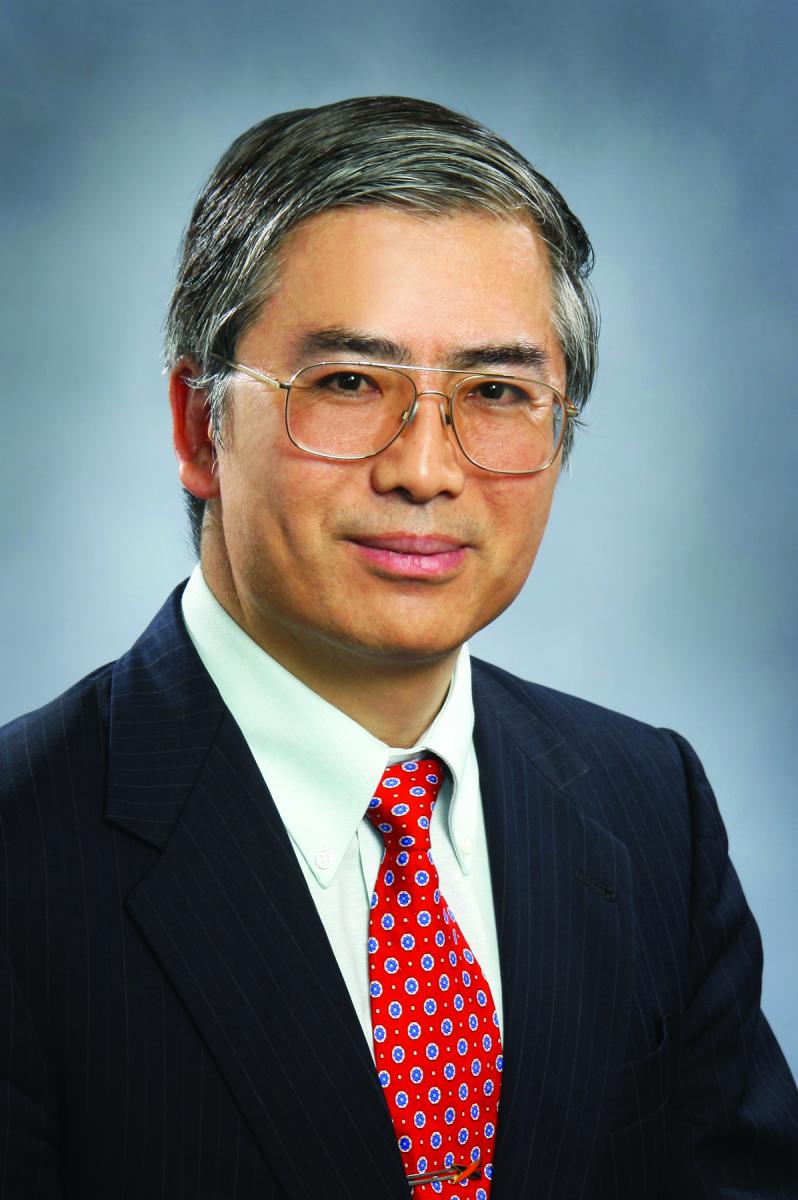 Welcome to the inaugural newsletter of the EMS Energy Institute at Penn State. This publication will provide an avenue for us to keep our friends and partners current on energy research and developments, outreach efforts, and faculty and student achievements. The first issue will also provide an overview of the EMS Energy Institute.
Welcome to the inaugural newsletter of the EMS Energy Institute at Penn State. This publication will provide an avenue for us to keep our friends and partners current on energy research and developments, outreach efforts, and faculty and student achievements. The first issue will also provide an overview of the EMS Energy Institute.
The mission of the EMS Energy Institute is to conduct research for developing advanced sciences and technologies for production, conversion and utilization of energy resources, and for energy related environmental protection. An important part of this mission is to support EMS faculty research efforts, provide research training of graduate and undergraduate students and young researchers for developing tomorrow’s energy professionals, and to facilitate energy outreach to society at large. Our research focus is three-fold: generating and utilizing energy in a more environmentally-friendly and efficient manner, diversifying the nation’s energy production and utilization, and promoting the use of our indigenous resources of energy.
The EMS Energy Institute was established in 1997 based on the former Energy and Fuels Research Center under the leadership of Prof. Alan W. Scaroni from 1992-1998 and further developed under the leadership of Prof. Harold H. Schobert from 1998-2006. It has been a privilege and honor for me to serve the college and the Institute as the Director since May 2007. With the support of the College of Earth and Mineral Sciences (EMS) and the central administration of Penn State, the EMS Energy Institute has made major contributions to advancing energy sciences and technologies through externally funded research projects totaling over $30 million in the last three years as a result of the dedicated efforts by faculty, staff , and students. Our ongoing research covers fossil, renewable and nuclear energy and involves a broad range of topics such as advanced coal-based jet fuels, clean coal-based electric power, oxy-fuel combustion, IC engines emission control, fuel cells, fuel desulfurization and reforming for fuel cells, alternative transport fuels, biomass conversion, bio-gas and bio-fuels, hydrogen production, hydrogen storage, catalysis for clean fuels and chemicals, petroleum processing, materials synthesis and characterization, computer modeling, coal science and technology, carbon materials, NOx, SOx and PM control, CO2 capture, sequestration and utilization.
I am pleased to see the major accomplishments of the growing number of faculty and students performing research at the EMS Energy Institute. Currently there are 150 people affiliated with the Institute including EI researchers and staff , and faculty and students from the Departments of Energy & Mineral Engineering, Materials Science & Engineering, and Geosciences in EMS, and the Departments of Mechanical & Nuclear Engineering and Chemical Engineering, and the Propulsion Engineering Research Center in the College of Engineering. In 2008, the EMS Energy Institute became affiliated with the new Penn State Institutes of Energy and the Environment. In 2009, we are looking forward to continuing these collaborative partnerships and working with the diverse group of faculty and students to advance energy research, education and outreach.
Our collaborations extend across the university and our sponsors and partners include many federal and state agencies and a large number of companies. One of our major ongoing initiatives, which began in Oct 2007, is a research alliance with Chevron Energy Technology Company to develop clean liquid fuels from coal. One of our major outreach initiatives, which began in 2008, is the Conoco Phillips–Penn State Energy Prize, which is a national energy award program for promoting nation-wide energy innovation.
As the EMS Energy Institute takes on supporting more researchers, more students and more projects, we face some obstacles and our number one hurdle is that we have outgrown our space. With the strong support of Dean Easterling to resolve the space issue for the EMS Energy Institute and the Department of Energy and Mineral Engineering to carry out the “Clean Carbon Energy” initiative, Penn State recently acquired a building and the EMS Energy Institute and its affiliate faculty and students will be the primary occupant. We sincerely thank the EMS College and Penn State leadership teams for this new “energy building” and we are in the process of planning to make the best use of the new space in support of energy research by EMS faculty and students.
Energy has become a top priority for the US and the world. Working together, we can contribute to solving the energy problems for the world. We really appreciate the support and cooperation of all current and future friends, partners and sponsors and always welcome your suggestions and comments.
Dr. Chunshan Song
Director, EMS Energy Institute
Associate Director, PSIEE
Professor of Fuel Science and Chemical Engineering

